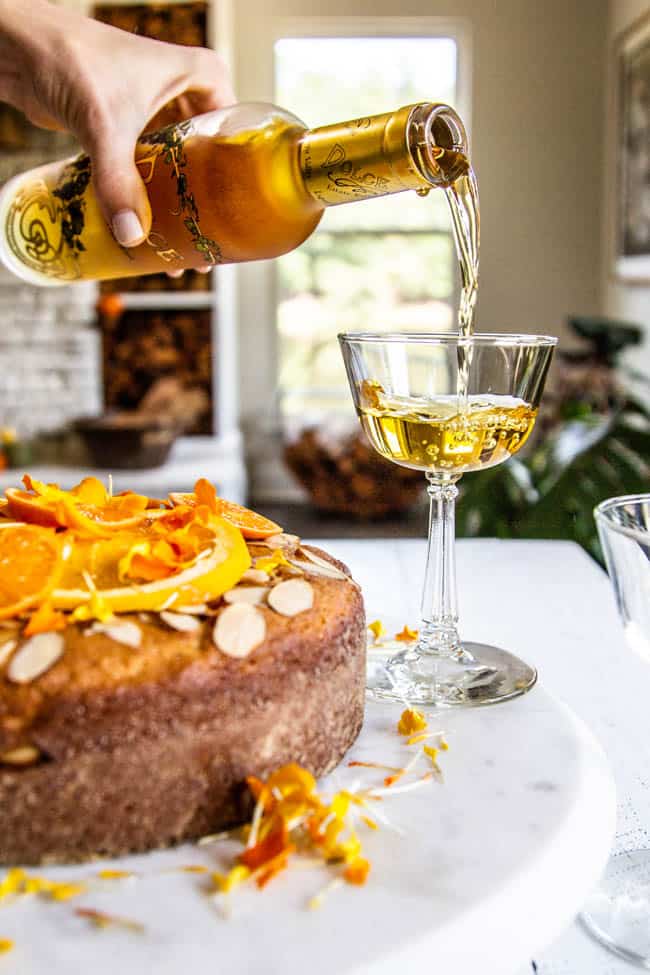Dessert Wines from California – A Guide from Robust to Aromatic
Have you ever sipped a wine so sweet and luscious that it felt like dessert in a glass? That’s the magic of dessert wines, and California is home to some of the greatest dessert wines you’ll ever find. Whether you’re a seasoned wine lover or just starting your journey into the world of sweet wines, dessert wines are a category that you absolutely shouldn’t miss. These wines are all about indulgence. They offer a delightful end to any dessert course—and can even abe treat on their own!

In this guide, we’re going to explore the various types of dessert wines crafted right here in California. From the rich and robust Port wines to the delicate and aromatic Muscats, we’ll delve into what makes each one unique and why they deserve a spot at your dessert table. So pour yourself a glass, sit back, and let’s dive into the world of California dessert wines.

What Are Dessert Wines?
Before we get into the specifics, let’s clear up exactly what a dessert wine is. The term “dessert wine” typically refers to sweet wines that are sweet enough to serve with dessert or alone as a sweet treat. These wines are often higher in sugar content and are characterized by a rich, concentrated flavor. This profile pairs beautifully with a variety of sweet treats—or even just a cozy evening by the fire.
But don’t let the name fool you! Dessert wines aren’t just for the dessert course. You can enjoy them in a variety of settings, from casual sipping to special occasions.

California’s Dessert Wines: A Sweet Adventure
Now that you’ve got a handle on what dessert wines are, let’s explore the different dessert wines found in California. This state isn’t just about sun-kissed vineyards and Napa Valley reds – it’s also a treasure trove for those with a sweet tooth.
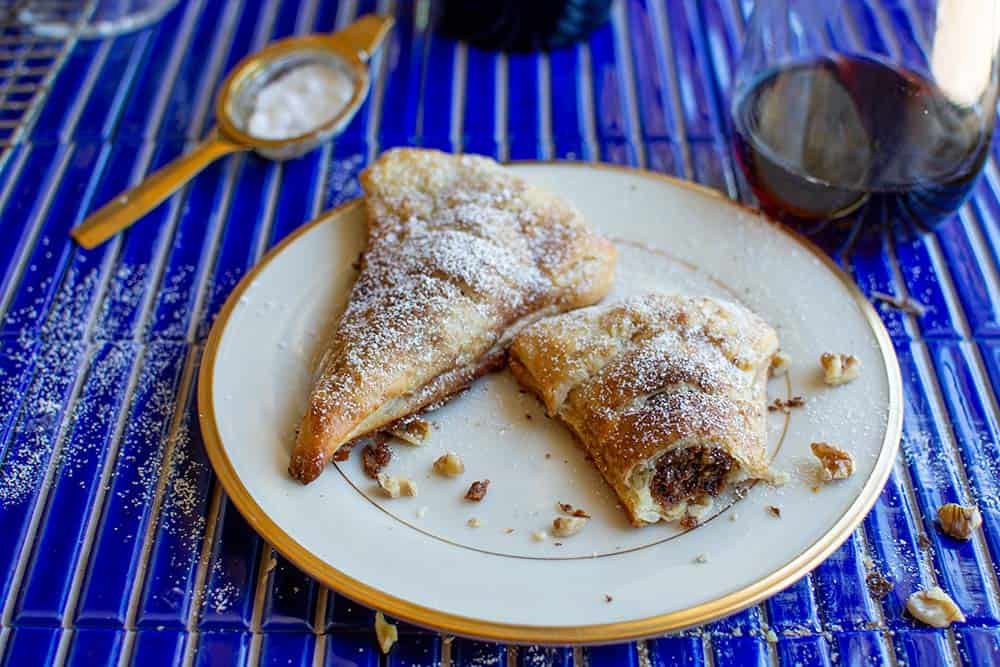
Port: A Rich California Classic
Port wines are fortified, meaning a neutral grape spirit is added to stop fermentation. This results in a rich wine that’s both sweet and high in alcohol. The intense flavors exude notes of dark fruit, chocolate, and sometimes even a hint of caramel.
One of the standout producers of Port in the Golden State is Ficklin Vineyards, located in Madera, California. They’ve been crafting Port since 1948, and their dedication to quality shows in every bottle.
Port is a fantastic wine to enjoy on a chilly evening, perhaps with a slice of dark chocolate cake, or with a cheese plate featuring strong, salty cheeses. The contrast between the sweetness of the wine and the sharpness of the cheese is nothing short of divine—a classic pairing that never disappoints.
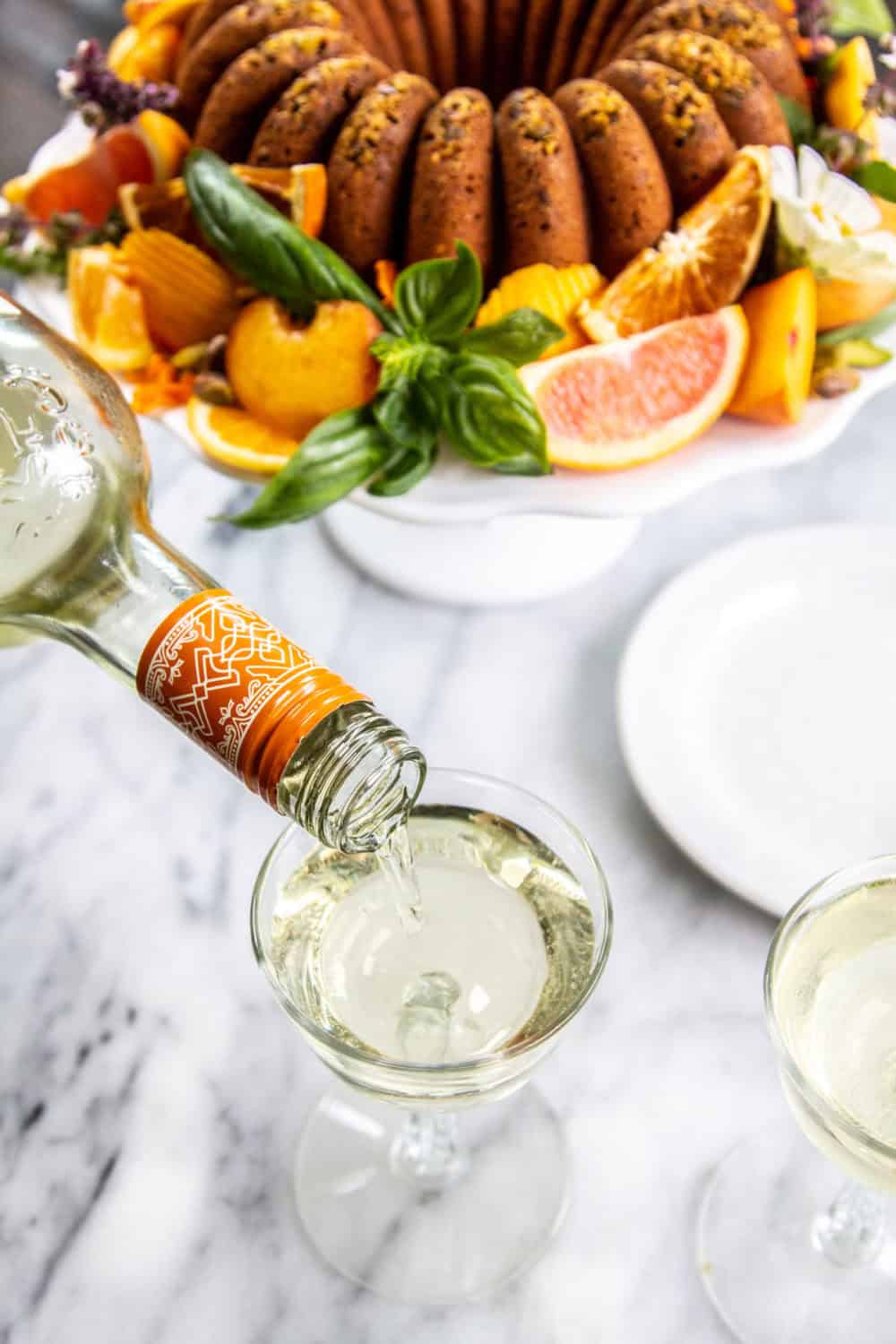
Muscat/Moscato: Aromatic and Floral
Muscat, or Moscato as it’s often called, is another dessert wine you’ll find in California, and it’s as versatile as it is delicious. Quady Winery, based in Madera California, has made a name for itself with its Muscat wines. Their Electra Moscato is a light, low-alcohol wine that’s bursting with the rich flavors of fresh peaches, apricots, and honey. Moscatos are usually sweet but not cloying, making them a perfect choice for sipping for those who enjoy a sweeter wine.
Moscato is often enjoyed on its own as a refreshing aperitif, but it also pairs wonderfully with fruit-based desserts, light pastries, or even spicy dishes. The sweetness of the wine can help balance out the heat, creating a harmonious dining experience—a sweet treat indeed.
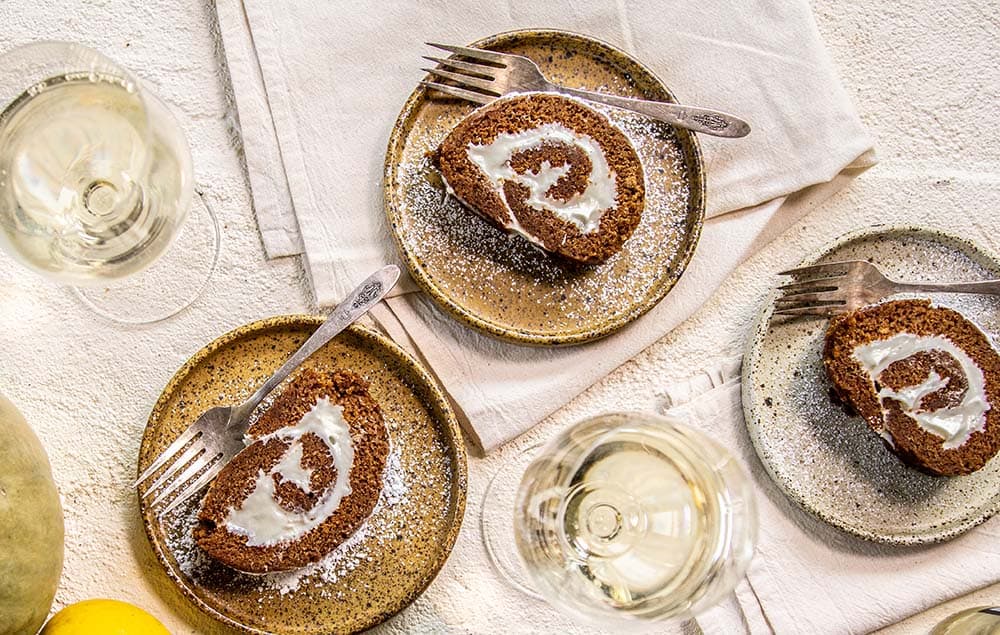
Late Harvest Wines: A Sweet Labor of Love
Late harvest wines are a true testament to the patience and skill of winemakers. As the name suggests, these wines are made from grape varieties that are left on the vine longer than usual, allowing them to become overripe, which concentrates their sugars. The result is a wine that’s intensely sweet, often with rich, honeyed flavors and a luscious mouthfeel.
California is home to some exquisite late harvest wines, with Riesling being a popular grape for this style. Late harvest Rieslings can range from moderately sweet to very sweet, depending on the timing of harvest for these grapes. What’s interesting about Riesling is that styles can be either sweet or dry, offering something for every palate. The versatility of Riesling grapes ensures a wide range of styles in the final wine, giving wine lovers plenty of options.
One sip of a late harvest Riesling, and you’ll likely taste notes of tropical fruit, honey, and sometimes a touch of spice. These wines are perfect for pairing with rich desserts like crème brûlée, cheesecake, or even a simple bowl of fresh berries. When you need to impress at a dinner party or to add something special to your dessert table, late-harvest wines are a go-to choice.

Sweet Sparkling Wines: Bubbles with a California Twist
Who doesn’t love a little sparkle in their wine? California’s sweet sparkling wines bring together the best of both worlds—the effervescence of sparkling wine and the sweetness of dessert wine. These wines are typically made using the Charmat method. In this method the second fermentation, which takes place in tank rather than bottles, creates the bubbles.
Sweet sparkling wines from California are often made from Muscat grapes, which give them a lovely floral aroma mentioned earlier. They’re light, refreshing, and just plain fun to drink. Imagine sipping on a glass of sweet sparkling wine at a summer picnic, paired with fresh fruit or a slice of strawberry cake. Blissful, right?
These wines are also great for celebrating special occasions. The bubbles make them feel festive, and the sweetness ensures they’ll be a hit with just about everyone. Whether you’re toasting at a wedding or simply enjoying a quiet evening at home, sweet sparkling wines are always a good choice.
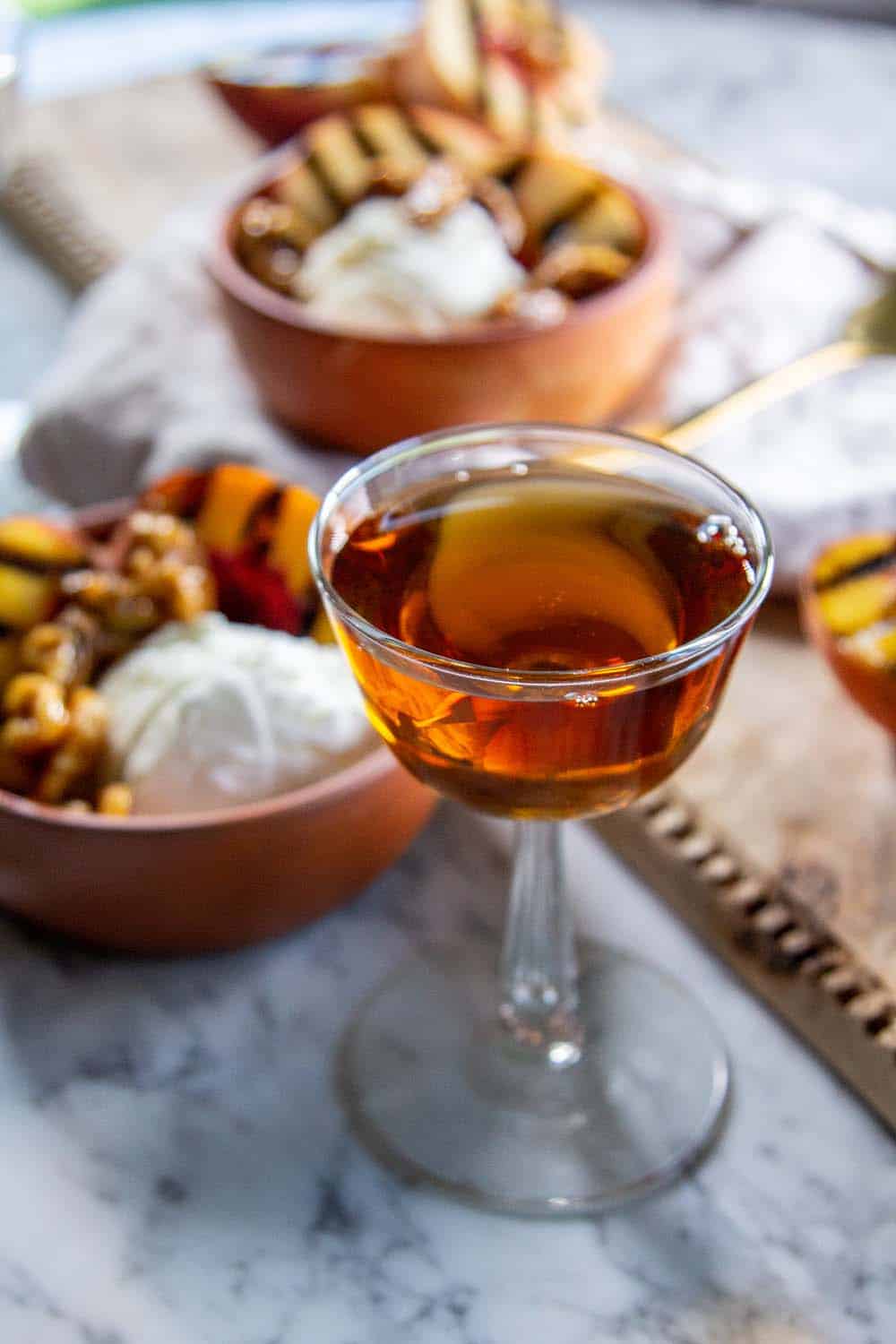
Fortified Wines: Dolce & More
In addition to Port, California also produces other types of fortified wines that are worth exploring. Dolce, made by the same folks behind Far Niente in Napa Valley, is a prime example. Dolce is often referred to as “liquid gold,” and once you’ve tasted it, you’ll understand why. This particular dessert wine is made from late-harvested Semillon and Sauvignon Blanc grapes and is a wine best savored slowly, perhaps with a selection of blue cheeses or a slice of Toasted Almond, Orange, and Olive Oil Cake.

Tasting Tips: Enjoying Dessert Wines to the Fullest
Now that you’re familiar with the different dessert wines California has to offer let’s discuss how to enjoy them.
- Dessert wines are best served slightly chilled—about 50-55°F (10-13°C) is ideal. This temperature helps to balance the sweetness and acidity, making the wine more refreshing. Drinking them too warm can make the sweetness a bit cloying.
- When it comes to pairing sweet dessert wines with food, the key is to match the sweetness of the wine with the sweetness of the dish. A general rule of thumb for desserts is that the wine should be as sweet as or sweeter than the dessert. For example, a rich chocolate molten cake pairs beautifully with a bold Port. A suitable pairing for a light fruit tart might be a Moscato or sweet sparkling wine.
- And don’t forget, to enjoy these dessert wines on their own! Sometimes the best way to appreciate the complexity of these great dessert wines is to sip them slowly, letting the rich flavors unfold on your palate.

We’re Answering Your Most Pressing Questions About Dessert Wines
Yes, dessert wines are generally sweet. However, the level of sweetness can vary from one wine to another. Some may be moderately sweet, while others are intensely so. There’s a wide range of styles available, so there’s always something for every palate.
Absolutely! Dessert wines can add a wonderful depth of flavor to dishes, especially desserts. For example, you can use Port to make a reduction sauce to pour over cakes or ice cream.
Dessert wines typically last longer than regular wines once opened, thanks to their higher sugar content. Fortified wines like Port can last for weeks. Others might last a few days to a week if stored in the refrigerator.
Like most wines, it is ideal to store dessert wines in a cool, dark place with a consistent temperature. If you don’t plan to drink the whole bottle at once, reseal it with a wine stopper and store it in the fridge.
Yes, many dessert wines can age beautifully, especially fortified wines like Port. Over time, these wines develop deeper, more complex flavors making them even more enjoyable.

California’s dessert wines are a sweet testament to the Golden State’s winemaking prowess. Whether you prefer the bold flavors of a Port, the delicate aromas of a Moscato, or the rich sweetness of a late-harvest wine, there’s something here for every wine lover to enjoy.

